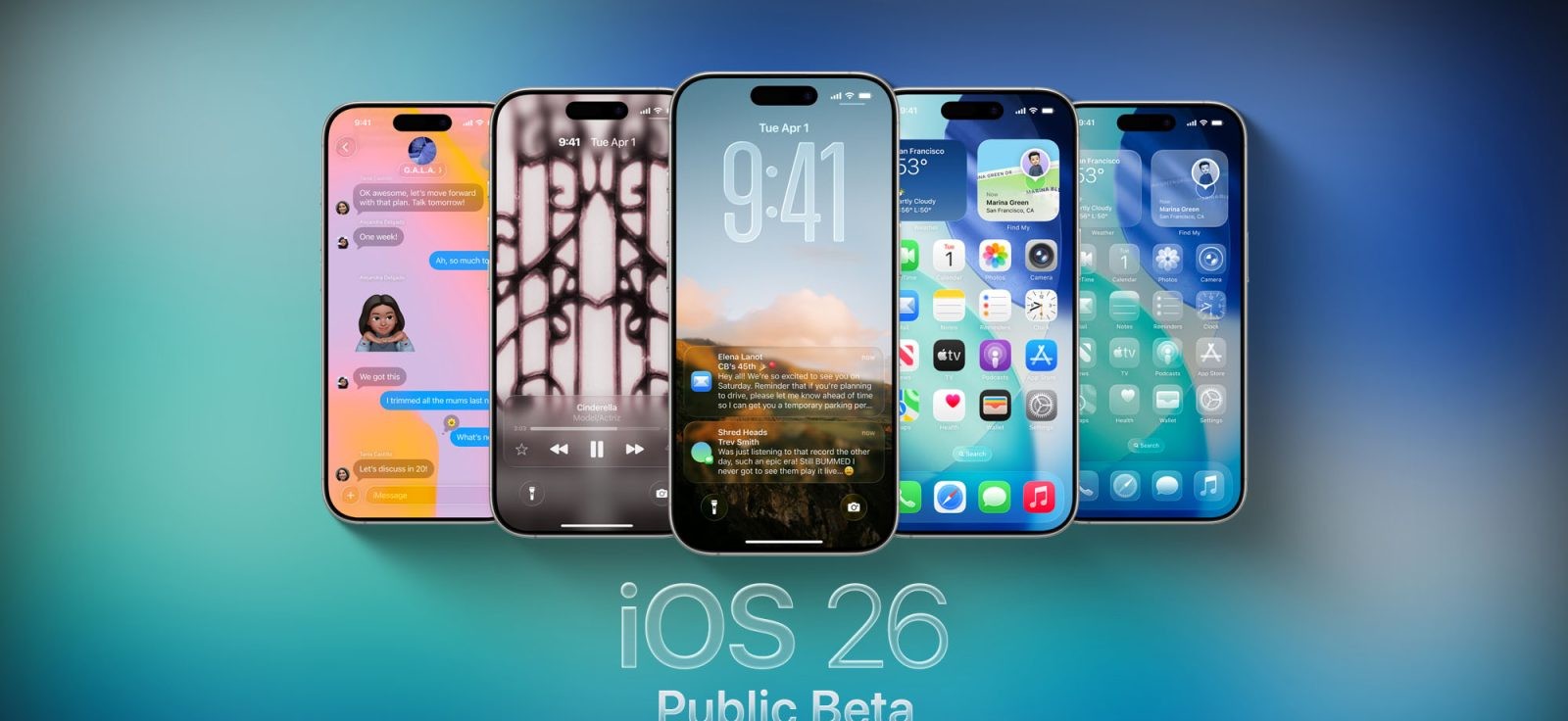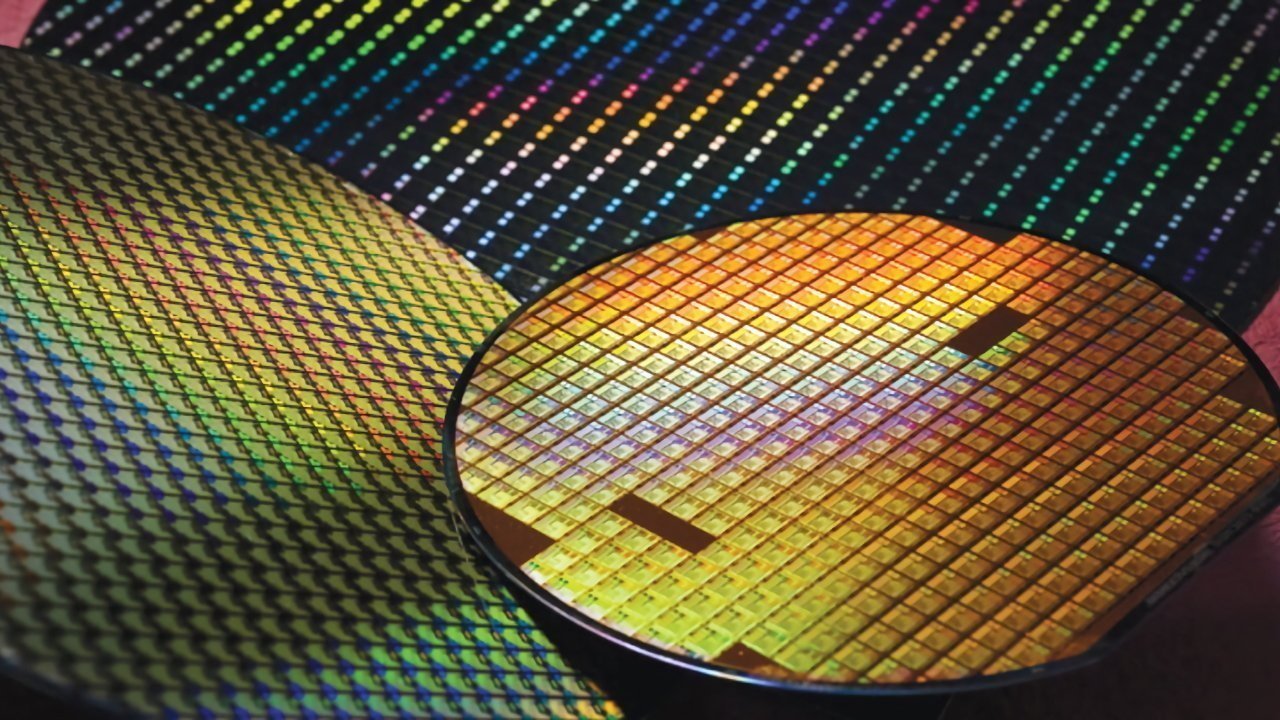Apple is actively exploring innovative designs for future iPhones, as evidenced by a recently granted patent detailing a device with a flexible display that envelops the entire surface. This development aligns with the company’s ongoing efforts to redefine smartphone aesthetics and functionality.
A Seamless, Wraparound Display
The patent describes an electronic device featuring a touch-sensitive screen that seamlessly curves around its sides and back. This design aims to maximize display area, offering users a more immersive experience. By utilizing a flexible display encased in a transparent housing, the device could dynamically adjust its interface based on user interactions and orientation. Potential applications include customizable controls, interactive notifications, and extended display areas that fluidly transition across the device’s body.
Evolution of the Concept
Apple’s interest in wraparound displays isn’t new. The company has filed multiple patents on this concept, with the earliest dating back to 2013. The latest patent, granted after its original 2019 application, introduces enhanced flexibility, suggesting potential developments in foldable or adaptive designs. This progression indicates Apple’s commitment to exploring advanced form factors that challenge traditional smartphone layouts.
Implications for User Interaction
Integrating a wraparound display could revolutionize how users interact with their devices. For instance, the device could display notifications or controls on the sides or back, allowing for quick access without interrupting the main screen content. Additionally, the flexible display could enable new gestures and interactions, such as squeezing or bending the device to perform specific functions.
Manufacturing Considerations
Implementing a wraparound display presents several manufacturing challenges. The patent outlines potential solutions, including using flexible materials and innovative assembly techniques to ensure durability and functionality. These considerations are crucial for developing a device that is both practical and reliable for everyday use.
Market Context and Competitor Developments
Apple’s exploration of flexible displays comes amid a broader industry trend toward foldable and adaptable devices. Competitors like Samsung and Google have already introduced foldable smartphones, setting a precedent in the market. Apple’s patent suggests the company is considering a unique approach that differentiates its products through design and user experience innovations.
Potential Applications Beyond Smartphones
While the patent focuses on an iPhone design, the technology could extend to other Apple products. Flexible displays might be integrated into iPads, MacBooks, or even wearable devices like the Apple Watch, offering new form factors and functionalities across the company’s product lineup.
Challenges and Future Prospects
Despite the promising possibilities, several challenges remain. Ensuring the durability of flexible displays, maintaining high-resolution visuals, and developing user interfaces that leverage the new form factor are critical hurdles. Additionally, consumer acceptance and the cost of production will play significant roles in determining the feasibility of bringing such a device to market.
Conclusion
Apple’s recent patent for a flexible, all-screen iPhone underscores the company’s dedication to innovation and its vision for the future of personal devices. While it’s uncertain when or if this design will materialize in a consumer product, the patent reflects a significant step toward reimagining the smartphone experience.



